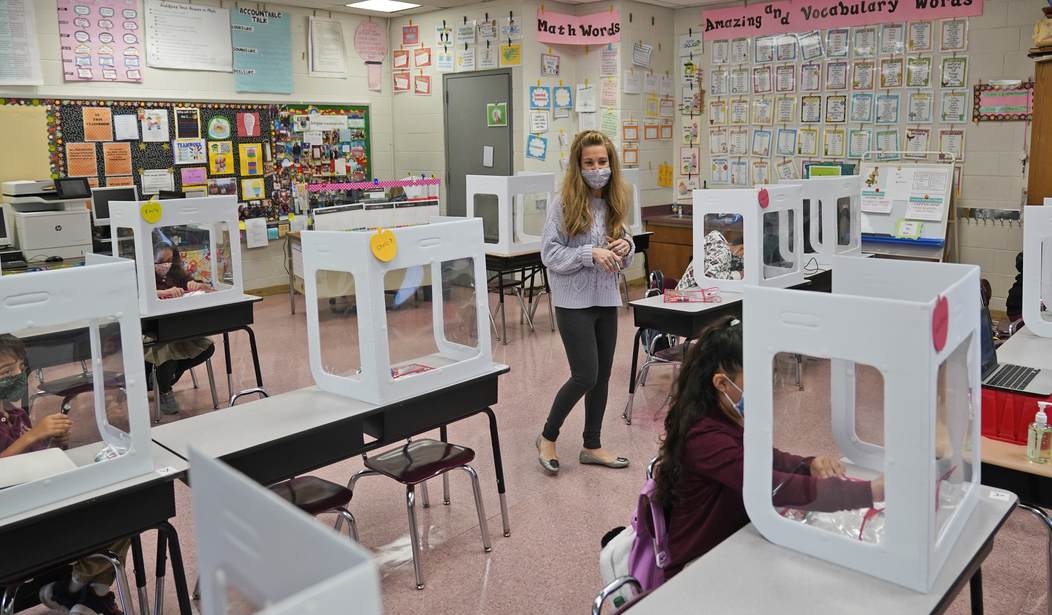Over the course of the pandemic, most public schools around the country were closed for significant lengths of time. In retrospect, this decision is increasingly being seen as having been a bad idea that did little to prevent the spread of infections and caused disruptive harm to students in a variety of ways. But the schools themselves managed to stay afloat through generous federal pandemic relief payments. Now, most of those funds have dried up and the schools are almost all open again. But many schools are now cutting their budgets, laying off staff, consolidating, or even closing in some cases. The reason is that a significant number of students have not yet returned. Some are continuing to blame the absences on the pandemic, but many families have decided that homeschooling is a better option for their children than the indoctrination systems that make up the public schools. And since public school budgets are at least partly based on enrollment numbers, cuts are being made. (Associated Press)
A school system in suburban Kansas City is eliminating over 100 jobs, including kindergarten aides and library clerks. Oakland, California, is closing seven schools. Other districts around the country are merging classrooms, selling buildings and leaving teaching positions unfilled in order to close budget gaps.
Public school systems are beginning to feel the pinch from enrollment losses tied to the coronavirus pandemic.
Money for schools is driven partly by student headcounts, and emergency provisions in many states allowed schools to maintain funding at pre-pandemic levels. But like the billions of dollars of federal relief money that have helped schools weather the crisis, those measures were not meant to last forever.
The AP report identified far more schools experiencing this phenomenon than even I would have expected. As noted above, seven schools in the Oakland area are closing down entirely. The school system in Olathe, Kansas lost 900 students last year. And even though the schools are all fully reopened, fewer than 100 of those students have returned. The others are all either attending private schools or being homeschooled. Deputy Superintendent John Hutchison sounded flustered at a recent school board meeting.
“Where did those kids go?” Hutchison asked during a recent public meeting. “Where are they? They didn’t come back this year. That’s what’s laying on that additional reduction in our funding.”
In Houston, enrollment fell by more than 22,000 in 2021. Fewer than half of those students have returned. The school superintendent recently announced that they would need to slash $60 million from the budget for next year.
In addition to homeschooling and private school options cutting into enrollment numbers, some cities are noticing that there are simply fewer families in their communities. Part of that decrease has been caused by families fleeing from high-cost, high-crime areas to more suburban and rural climes. Also, declining birth rates across the country mean that there are simply fewer children to replace the graduating classes to begin with.
One exception to this trend has been seen in Florida. School enrollment is actually up in the Sunshine State and school revenue has increased with it. Could that be because of the state’s policies requiring schools to involve parents in decisions affecting their children? Could it be the fact that so many people fleeing failing cities in blue states are heading for Florida? It’s probably a combination of both.
Once the last of the pandemic relief money runs out next year, the public school landscape is going to look different than what we’ve been used to seeing. For one thing, it will be noticeably smaller. And that’s probably a good thing for both parents and students alike.








Join the conversation as a VIP Member